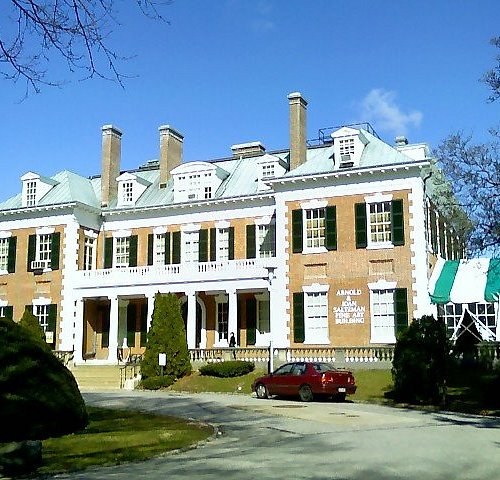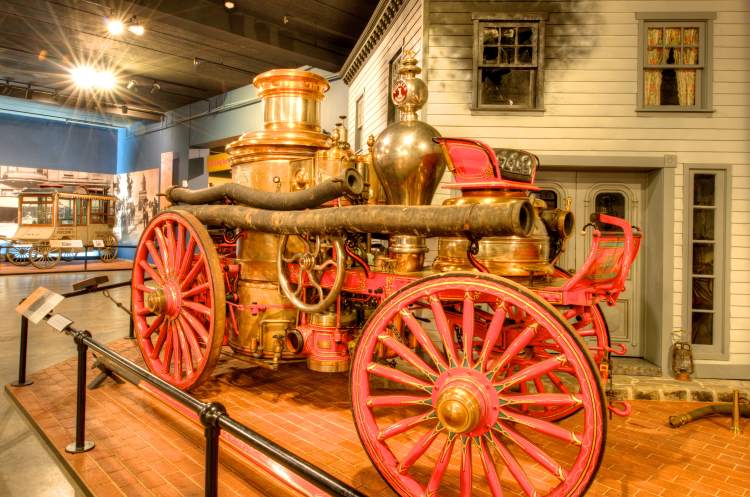Discover The Long Island Museum Location Information And Facts
Discover The Long Island Museum Location Information And Facts
Blog Article
Discover the Rich Background of Long Island at This Captivating Museum
As visitors traverse via exhibitions outlining the Industrial Revolution's effect and Long Island's maritime legacy, a deeper understanding of the region's evolution begins to emerge. Keep tuned as we discover Long Island's modern era, dropping light on exactly how the previous continues to reverberate in the existing.
Indigenous American Impacts on Long Island
The Indigenous American influences on Long Island have played a substantial function in shaping the area's cultural heritage and historical growth. Lengthy before European inhabitants got here, the land now known as Long Island was populated by different Native American tribes, consisting of the Massapequas, Montauketts, and Shinnecocks. These tribes lived off the land, angling in the bountiful waters bordering the island and cultivating the fertile dirt for farming.
The Native Americans on Long Island had a rich spiritual and social practice, obvious in their intricate art work, conventional dancings, and oral narration. Their deep connection to the land is reflected for numerous communities and sites on Long Island, which stemmed from the languages of these native individuals.

Colonial Heritage and Early Negotiations
With the arrival of European inhabitants, Long Island's landscape began to undertake considerable changes as colonial heritage and very early settlements settled in the area. The Dutch were amongst the initial Europeans to establish a visibility on Long Island, with settlements such as New Amsterdam (present-day New York City) playing an important role in the island's early american background. Later on, the English acquired control of the region, forming the architectural and social landscape via the facility of towns and towns.
Among the most significant very early settlements on Long Island was Southampton, founded in 1640 by English Puritans looking for spiritual liberty. This noted the beginning of arranged European settlement on the island, leading the way for additional expansion and development. Over time, more villages and towns arised, each with its own special personality and contribution to Long Island's colonial heritage.
As these early negotiations grew, they formed the structure for the varied neighborhoods that exist on Long Island today. The colonial heritage of the region remains to be celebrated and protected, using site visitors a peek right into the past and a gratitude for the abundant history that formed Long Island into what it is today.
Industrial Change and Maritime Background
During a period of extensive change and technical innovation, Long Island's industrial revolution linked with its naval background, forming the region's economic landscape in unprecedented means. The Industrial Revolution, which began in the late 18th century, brought considerable modifications to Long Island's economic climate. Industries such as shipbuilding, whaling, and angling thrived along the island's shores, maximizing its calculated location and get more plentiful natural deposits. The construction of railways and canals further enhanced Long Island's industrial growth, assisting in the transportation of goods to markets across the nation.
Maritime profession played an important role throughout this period, linking Long Island to major ports in the USA and beyond. The island came to be a center for trade, inviting merchant vessels and fostering a lively delivery industry. Long Island's distance to New york city City additionally contributed to its financial prosperity, as goods might quickly be transferred in between both regions. Today, remnants of Long Island's industrial and marine past can be explored at museums and archaeological sites, using a glance right into the region's rich history.
Long Island in the Modern Era
Long Island's evolution in the modern era reflects a blend of practice and innovation, forming its modern identification. As one of one of the most largely inhabited regions in the United States, Long Island has become a hub for diverse sectors, varying from technology and medical care to fund and tourist (The Long Island Museum NY). The island's proximity to New York City has actually played a substantial duty in its advancement, with numerous commuters choosing to stay in its suv communities
Recently, Long Island has actually seen a surge in sustainable initiatives focused on preserving its all-natural appeal and combating climate change. The conservation of its coastal locations, such as the Fire Island National Seashore, highlights the island's dedication to environmental preservation. Furthermore, Long Island's cultural scene has actually thrived, with art galleries, songs venues, and theaters contributing to its vivid social landscape.
In addition, the modern-day age has actually seen Long Island welcome diversity and inclusion, with an expanding population of immigrants adding to its rich tapestry of societies. Generally, Long Island remains to progress, stabilizing its rich background with contemporary development to form a dynamic and resistant community.
Upcoming events and special exhibitions
Reflecting Long Island's dynamic cultural landscape and commitment to development, the museum is currently organizing a collection of unique events and excitedly prepares for future occasions. Among the unique exhibits currently on display is "Long Island Through the Ages," which traces the island's rich history from its very early aboriginal citizens to the existing day. This display showcases multimedia, files, and artifacts discussions that give a thorough take a look at the diverse heritage of Long Island.
Along with the recurring unique exhibits, the museum is getting ready for an interesting lineup of upcoming events. Site visitors can look ahead to a lecture series including neighborhood professionals and renowned chroniclers going over various facets of Long Island's history. There will certainly also be hands-on workshops where participants can discover traditional crafts and skills that have been passed down via generations on the island.
These unique exhibitions and upcoming events not just enrich the museum experience but additionally act as a testament to Long Island's vibrant cultural tapestry and the gallery's dedication to maintaining and sharing its heritage with the neighborhood. The Long Island Museum NY.
Verdict
In final thought, the gallery offers a thorough take a look at the abundant background of Long Island, from Native American impacts to colonial heritage, industrial change, and modern age growths. With special exhibits and upcoming occasions, visitors can dig much deeper right into the diverse social and historic aspects of the region. Whether you're a background fanatic or simply interested concerning Long Island's past, this museum offers an exciting experience for all.
Long before European inhabitants got here, the land now understood as Long Island was lived in by various Native American people, consisting of the Massapequas, Montauketts, and Shinnecocks. The Dutch were amongst the first Europeans to establish an existence on Long Island, with negotiations such as New Amsterdam (contemporary New York City) playing a vital duty in the island's colonial history. Today, remnants of Long Island's naval and industrial past can be explored at museums and historical sites, using a look right into the area's abundant background.

Please visit one of our local supporters - The Modern Medicare Agency Advantage Agent
Report this page